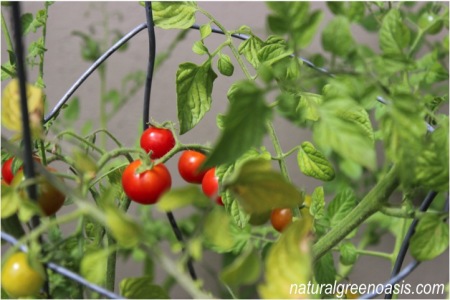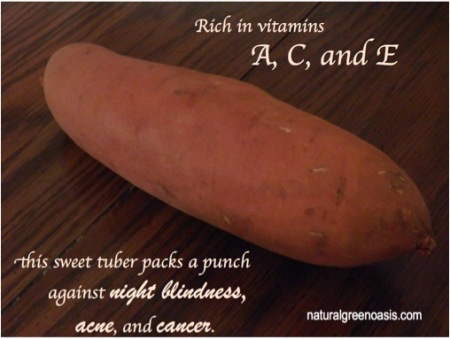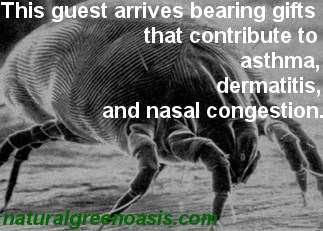
Your Dream Home
You may love your house. It may even be your dream house. Let’s say it is.
Its location is perfect. It’s just the distance you wanted from your job, your children’s schools, etc.
You personally chose the floor plan either by working directly with an architect or making your choice from the options that were provided by the builder. Or when you walked into it, you knew this one fit your needs perfectly.
What’s It Made Of?
However, have you ever wondered how your house was built and what materials were used to build it?
Why is that important?
I have lived in several houses over the course of my life. When I recall how I felt and functioned in those homes, I can see that some of them were nurturing like a home should be and some were not.
A major contributing factor to the difference in how these homes made me feel is their manufacturing. Materials used to build many homes contain chemicals which have been found to cause symptoms that can greatly affect your quality of life.
Here are three ways that living in a chemical-laden house can affect you:
1. Physically
There is a long list of physical symptoms that can be caused by many of the chemicals that are often used in the manufacture of homes.
For instance, the drywall in your home may contain formaldehyde, a known human carcinogen, which can also cause other ailments including headaches and blurred vision.
2. Mentally/Neurologically
In addition to the physical, there are neurological symptoms.
That beautiful, plush carpeting that covers your floors may contain several chemicals including styrene. Styrene can decrease your ability to concentrate.
3. Emotionally
Then, there are the emotions.
That irritability you’ve been experiencing may be due to formaldehyde-containing particleboard that could be lurking in your kitchen and bathroom cabinets.
The realization of how my life can be so greatly affected by my home has significantly influenced my list of criteria that a house should meet. High on my list is the quality of materials used to manufacture it.
How about you? Does this new awareness change your list of criteria?
If you found this article helpful and would like to comment, you can below. You can also find me on Facebook and Twitter.








